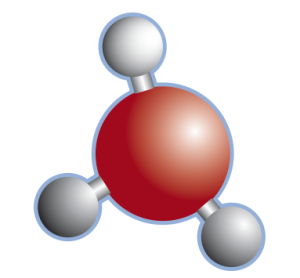| Mass | 0.82 Earths |
| Radius | 0.95 Earths |
| Surface gravity | 0.9g |
| Distance from the Sun (km) | 108 million (152 million for Earth) |
| Spacecraft travel time (months) | 3-4 |
| Year length (days) | 225 |
| Day length (one rotation on its axis) | 243 Earth days (in the opposite direction) |
| Temperature on the surface (C/F) | 465/900 (hottest planet in the Solar System) |
| Surface pressure (bar) | 92 |
| Wind speeds (km/h) | 400 |
| Atmospheric superrotation (days) | 4 Earth days |
Venus Atmosphere Basic Facts
| Main Venus atmosphere composition | CO2 - 96.5%; N2 - 3.5% |
| Temperate cloud deck - altitude range (km) | 48-60 km |
| Temperate cloud deck - temp. range (C) | 80ºC (at 48 km) - 0ºC (at 60 km) |
| Temperate cloud deck - pressure range (bar) | 2 (at 48 km) - 0.4 (at 60 km) |
| Hydrogen depletion (ratio of D to H) | The ratio is ~100 times higher than elsewhere in the Solar System - i.e. Venus is very H-depleted. |
Phosphine Basic Facts
| Composed of 1 phosphorus atom and 3 hydrogen atoms (PH3) |
| Phosphine on Earth is exclusively associated with anaerobic (O2-free) life or human industry |

Phosphine Detection Basic Facts
| Amount detected (ppb) | 20 |
| Where phosphine is detected (km) | >53-61 between 53 and 61 km altitude |
| Life-time of phosphine in the clouds | A few hours in the lower parts of the atmosphere compared to centuries in the >60-80 km layer. |
Observations Facts
| Telescopes | James Clerk Maxwell Telescope (RxA instrument) ALMA, the Atacama Large Millimeter/submillimeter Array (Band 3) |
| Observation dates | June 2017 (JCMT) March 2019 (ALMA) |
| Frequency of observations | 266.9664 GHz (a wavelength of 1.123 mm) |
